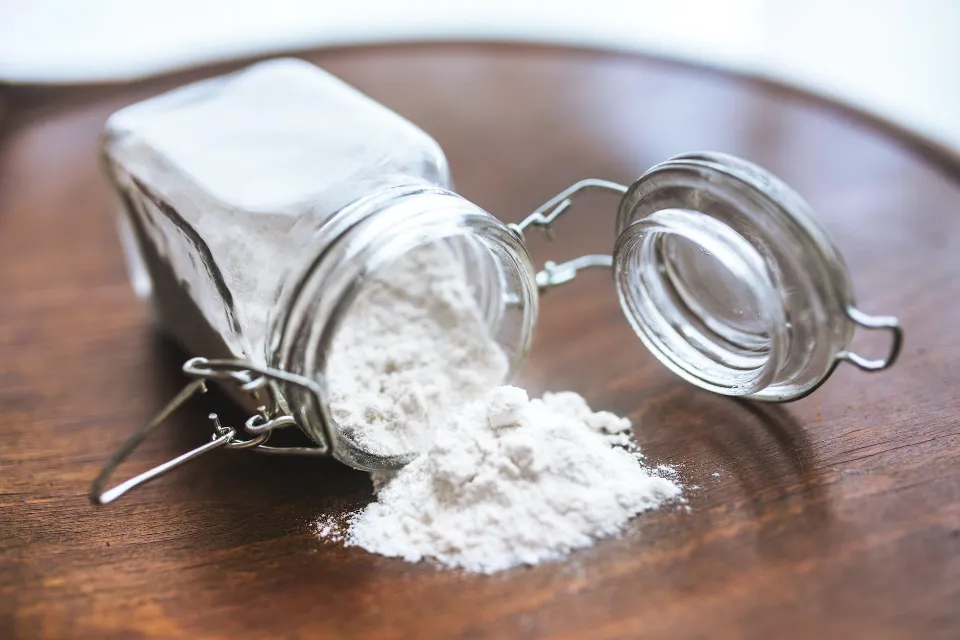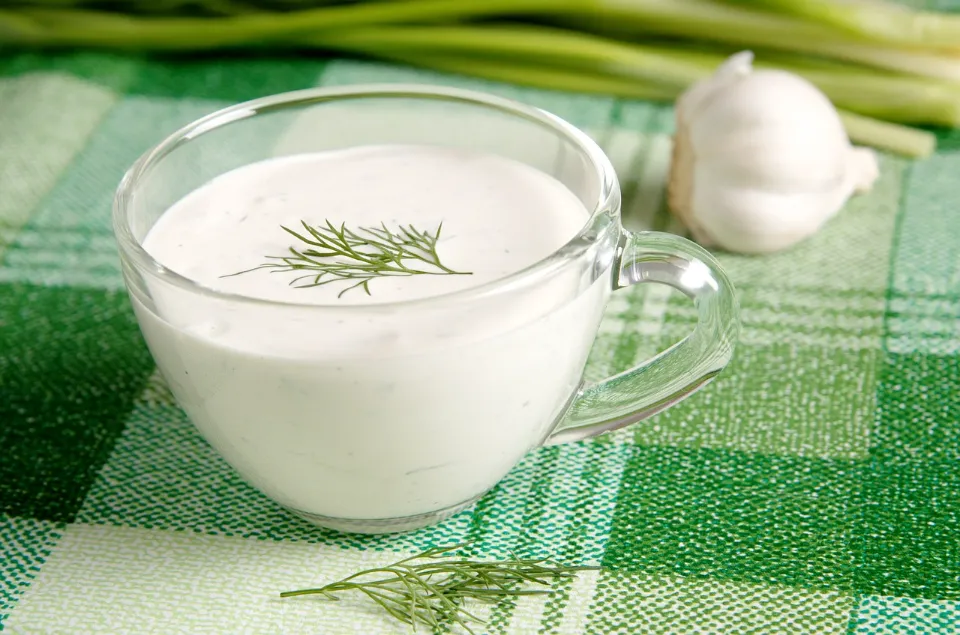A hot cup of freshly brewed coffee is something that coffee lovers enjoy first thing in the morning, but neglecting your coffee maker can change that. If you enjoy coffee as much as most people do, your coffee maker is probably the most used and dirtiest appliance in your kitchen. You can learn how to clean a coffee maker with vinegar and baking soda or try cleaning a coffee maker with baking soda to keep your coffee tasting fresh.
You can use a cup of warm water and ¼ cup of baking soda to clean a coffee maker. Then, run the mixture through the machine’s single cycle. Then, run hot water through the system twice, until the water is clear.
It’s time to modernize your brewing process. Here is everything you need to know about cleaning a coffee maker.
Why Baking Soda?
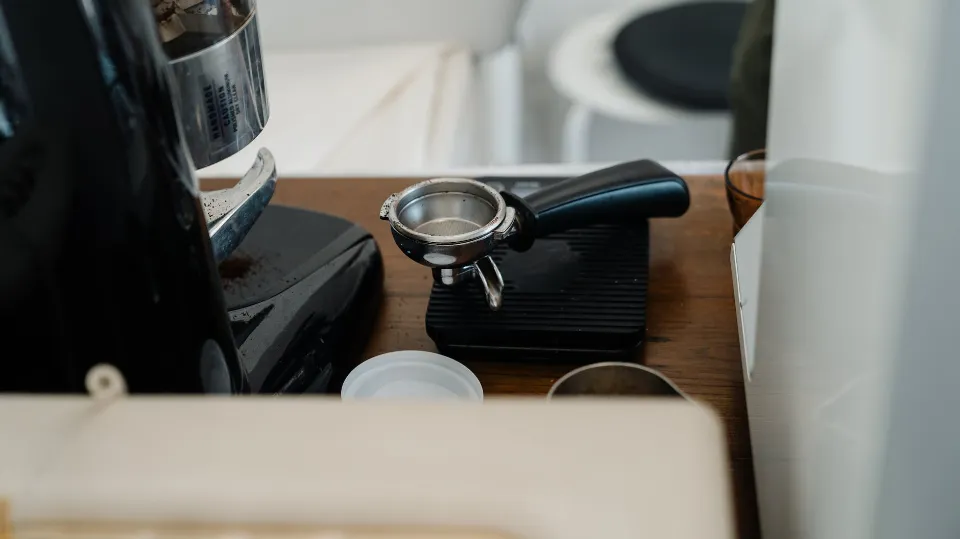
We understand if you’re unsure whether baking soda will be able to clean your coffee maker. Considering how unremarkable baking soda is, a powerful detergent is required to get an appliance thoroughly cleaned.
However, baking soda will undoubtedly help you clean your coffee maker. In actuality, cleaning your coffee maker with baking soda is a natural yet efficient method. This is because baking soda can get rid of build-up and remove lingering odors from the appliance.
For the best results, add a quarter cup of the baking soda to the container, dissolved in water. Use warm water and thoroughly stir the mixture to remove any lumps. Run the coffee maker through a regular cycle to clean the interior.
If any lumps are remaining, your coffee maker can get clogged. Even though this product is abrasive, it is still kinder to surfaces than cleaning products from the store. As a result, it will melt away buildup and residue as well as odd odors that might make your brew smell bad.
Read More: 5 Best Iced Coffee Makers (2023 Reviews) – Are They Easy to Use?
Cleaning a Coffee Maker With Baking Soda
The uses of baking powder in the kitchen are endless. Before cleaning your pot with baking soda, be sure to remove the filter and set it aside.
1. How to Clean a Coffee Maker With Baking Soda
Use your dishwasher to clean all removable parts of the coffee maker that are dishwasher safe.
It doesn’t have to be a big chore to clean a drip coffee maker. Place ¼ cup of baking soda in the coffee carafe after measuring one cup of warm water. Till baking soda completely dissolves, swirl the contents of the carafe. Replacing the carafe after pouring into the reserve tank.
Use your regular brewing method and let the baking soda solution flow into the carafe. Pour dirty water down the sink and wash coffee pot. Use fresh water to rinse after a further cycle or two. Repeat this action until the water flows cleanly back into the pot.
2. Ideal Way to Clean a Coffee Maker With Vinegar and Baking Soda
Utilizing vinegar inside the coffee maker and baking soda on the pot, carafe, thermos, and heating plate is the ideal way to clean a coffee maker with vinegar and baking soda. The fizzing reaction that results from mixing vinegar and baking soda could damage the machine’s internal parts.
Cleaning the machine’s exterior and heating plates will require the use of a baking soda paste mixed with water or lemon juice. It’s never been quicker or less expensive to clean your Bunn with vinegar and baking soda.
Here are some additional applications for vinegar and baking soda in your kitchen as well as other rooms inside and outside of your home.
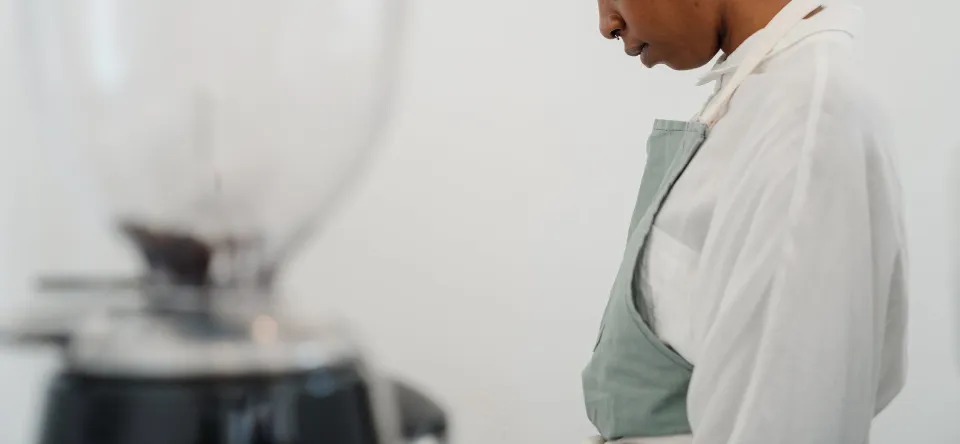
3. Alternative to Cleaning a Coffee Maker With Baking Soda
You’ve probably never heard of one cleaning technique that involves using denture tablets to clean your coffee maker. Add two denture tablets to the water in your single-serve or drip coffee maker, and then let them dissolve before starting the brew cycle.
If you have a coffee pot or carafe, put two cups of ice-cold water in it and a tablet, then let it sit there until it dissolves. When the tablets are fully dissolved, scrub the pot or carafe’s exterior and interior with a toothbrush.
Hard water stains and mineral deposits are easily removed with denture tablets. To get rid of any cleaner residue, always rinse your coffee maker and pot with fresh water after cleaning.
4. Lemon Juice as An Effective Coffee Maker Cleaner
For those who dislike the vinegar smell, lemon juice is a great substitute. Lemon juice and white vinegar can both be used to clean a coffee maker. Add lemon juice to the water reservoir up to one-third of the way, then top it off with water.
As usual, perform a brew cycle to clean the device. However, since you can brew a pot of coffee without any negative side effects right after washing, you don’t necessarily need to rinse with clean water.
5. Cleaning Coffee Machines With Vinegar
Make sure a filter is in the basket before beginning to use vinegar to clean a Mr. Coffee-style machine. Given that it eliminates over 99% of the bacteria in your machine and is safe to consume if swallowed accidentally, vinegar is a great cleaning option.
When cleaning your coffee maker, combine the same amount of vinegar and hot water. The best course of action when using vinegar is to complete half of the brewing cycle before stopping it. Allow the appliance to stand with the vinegar solution inside for up to 30 minutes.
Complete the brew cycle before turning the machine back on. Use clean water to rinse. A cup of vinegar, some salt, and some ice should be placed inside the pot for cleaning.
For up to 20 seconds, swirl the area to get rid of coffee stains. Rinse and wash before using to make a fresh cup of coffee.
6. Heavy Duty Cleaning for Keurig, Bunn Or Similar Machines
If your coffee pot needs descaling, your Keurig or Bunn coffee maker may signal you with a light or sound. One way to descale a coffee machine is to purchase commercial cleaning products that may be a little costly, or you can use straight vinegar that you probably already have in the kitchen.
Undiluted vinegar is a great choice for a coffee machine descaler for Keurig coffee pots or Bunns that are running slower than usual or emitting strange or funky smells that don’t resemble that heavenly coffee smell. Pour two cups of undiluted vinegar into the reservoir of your machines and let them sit overnight to clean them.
Brew coffee as usual the next morning. Dispose of the soiled vinegar in the sink after the machine’s brewing cycle is finished.
If cleaning a single-serve machine, continue brewing cups until all vinegar has drained from the reservoir. Repeat the process if the vinegar is dark.
7. Tips for Cleaning Your Espresso Machine
Your espresso may develop a different flavor over time as a result of the mineral buildup. It’s time to clean your espresso maker with a solution of equal parts water and vinegar, according to this indication.
Shake your squirt bottle after mixing the ingredients. Apply the solution directly to the exterior of your machine and then use a damp cloth to wipe it down in a circular motion. Use the same amount of water and vinegar to brew as normal inside the machine.
Pour the solution down the drain, then run several cycles of fresh water through the machine to clean it. Filter basket must be thoroughly cleaned after being washed in hot, soapy water.
8. How to Clean Your French Press
The hardest coffee maker to clean is probably a French press. Nobody enjoys scooping out the used coffee grounds at the bottom of the carafe, and rinsing the plunger is almost impossible.
Filling your French press with water will help remove the grounds from the bottom, making it one of the simplest ways to thoroughly clean it. Dump the water and grounds through a mesh sieve and discard the used grounds in the trash.
Before inserting the plunger, fill the carafe with soapy water. Plunge up and down several times inside the water. This cleans the carafe’s sides and clears any stuck grounds from the plunger. Rinse well, then let the surface dry.
This is a good time to clean a manual coffee grinder as well as your coffee maker. White rice should be placed in a grinder and ground into very small pieces. This cleans the machine’s interior of leftover coffee bean residue and gets it ready for your subsequent grinding session.
Why Should You Clean Your Coffee Maker?
Your coffee maker may begin to accumulate oil and residue if you don’t clean it frequently. This can result in the development of bacteria as well as the sour or oily taste in your coffee. Cleaning your coffee maker is a simple way to maintain the freshness of your coffee and stop the spread of bacteria.
Alternative to Cleaning a Coffee Maker With Baking Soda
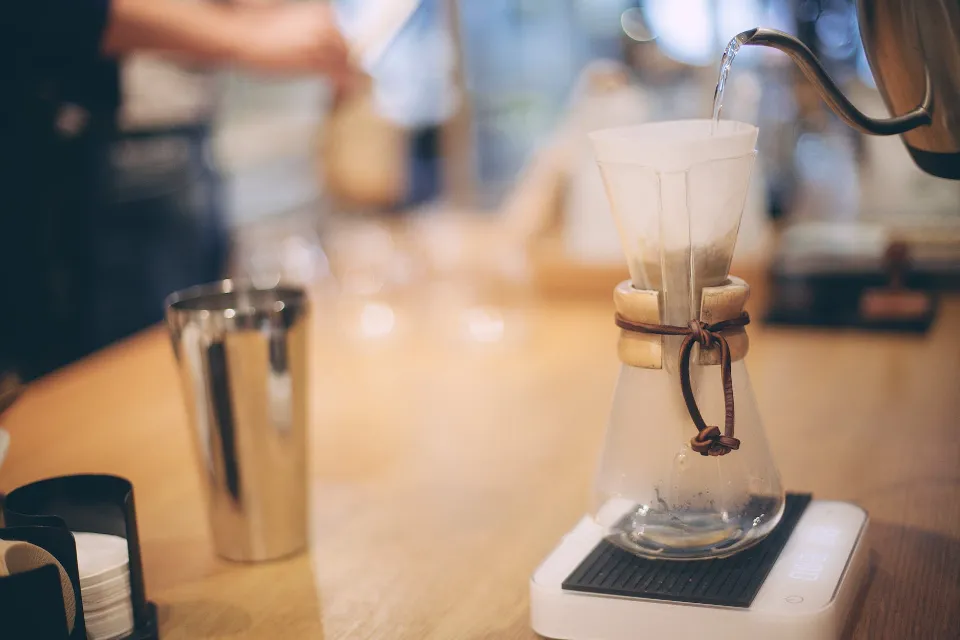
Vinegar is a good substitute if you don’t have baking soda on hand or would rather use another cleaning product. After using vinegar to clean your coffee maker, make sure to thoroughly rinse it.
To clean your coffee maker, you can also use a professional product like Urnex. These cleaners can be useful for getting rid of odors and tough stains because they are made specifically for coffee makers.
Conclusion
Thank you for reading our tips for cleaning a coffee maker with baking soda. We advise trying this method if you’ve never cleaned your coffee maker before or if it’s been a while; you might be surprised at how much better your coffee will taste once everything is clean and fresh. Do you have any tips for cleaning a coffee maker? Share them with us in the comments below!
Frequently Asked Questions
We address any queries you might have about using baking soda to clean your coffee maker in this section.
Can I Use Bleach to Clean My Coffee Maker?
The parts of the coffee maker can be harmed by bleach, a powerful chemical. Additionally, it should not be used around children or pets because it is harmful to breathe in. The best solution to descale your coffee maker is vinegar.
How Much Baking Soda Do I Use to Clean My Coffee Maker?
You will need 1/2 cup of baking soda for each cleaning session.
What Can I Clean My Coffee Maker With Besides Vinegar?
Calcium buildup and bacteria can both be removed by using the potent cleaning agent baking soda. You can use it around kids and pets without worrying. Baking soda is the best option for cleaning your Keurig coffee maker.
Is Baking Powder the Same as Baking Soda?
No, baking powder is not the same as baking soda. Baking powder is a combination of baking soda, cream of tartar, and starch. Cakes and pastries can rise thanks to it. Pure sodium bicarbonate, or baking soda, is used to leaven bread and cakes. Additionally, odors and stains are removed using it. Baking soda is your best option if you need to clean your Keurig coffee maker.
Will Using Vinegar Hurt My Coffee Maker?
The parts of the coffee maker won’t be harmed by vinegar, which is a secure and reliable cleaning solution. Vinegar is the best option if you need to descale your coffee maker.

